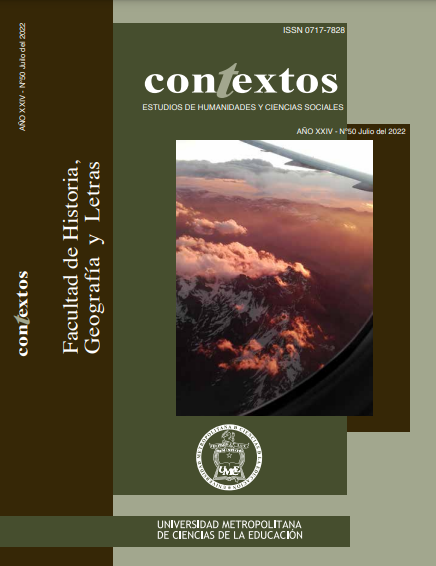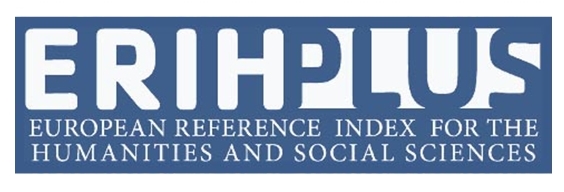Main Article Content
Jul 21, 2022
Abstract
Emily Dickinson plays a significant role due to her philosophical, metaphysical, and teleological poetry contributions. Nonetheless, her belletrist writing is not only for the enrichment of the dimensions previously mentioned but also for her insights that interpellate gender as an analytical category. Even though it might be out of place to characterize Emily Dickinson's poetry with epithets from our historical period and cultural framework, without a doubt, her works invite us to reread her poetry at the light of contemporary epistemologies. In the case of the philosophical feminist post-structuralist theory, gender has become the center of discussion in many fields, and literature has not been left behind in this topic.Throughout this paper we propose a review on a selection of four Emily Dickinson’s poems from “The poems of Emily Dickinson” by means of an interdisciplinary approach, in order to explore the concept of gender fluidity throughout the selected corpus.
Downloads
Policies for open access journals
Authors who publish here accept the following terms: Authors will keep their copyright and will guarantee the journal the right to the first publication of their work, which will be subject to the Licence of Creative Commons acknowledgement, which allows for the use of this material only if the authorship is credited and the original source is acknowledged (the journal’s URL), and if it is not used with commercial ends and with any derivations of the original work.
Authors may adopt other non-exclusive license agreements of distribution of the published version (e.g. to save it onto a digital institutional archive or publish it in a monographic volume) only if the initial publication of this journal is indicated.
It is permitted and recommended for authors to divulge their work on the Internet (e.g. institutional digital archives or webpage) before and during the submission process, which may lead to interesting exchanges and increase the citations of the publication. (See Open Access Effect).






